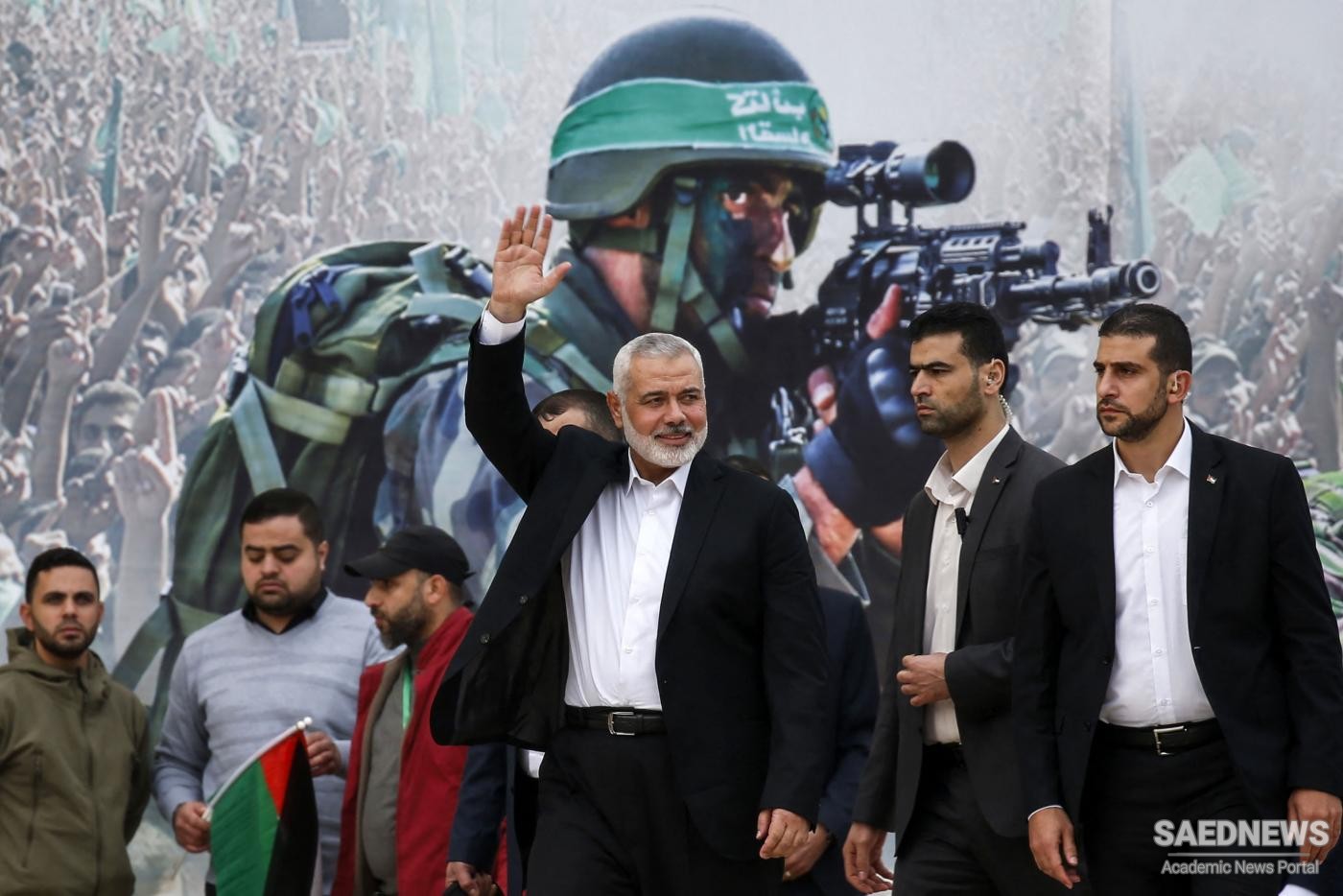Thus, since its inception in late 1987, Hamas (and other Palestinian factions) have amassed considerable caches of weapons mainly in the Gaza Strip but also in the West Bank. These include machine guns, bombs, and homemade rockets with a range of a few kilometres and capable of striking Israeli settlements if launched from parts of the Gaza Strip. In terms of quality, quantity and military effectiveness, Hamas’s weapons, and all other Palestinian weapons combined for that matter, have never amounted to a serious threat to the state of Israel. These weapons could only inflict harm in the form of guerrilla attacks, quick and short shootouts and suicide bombings. Sources for acquiring weaponry include smuggling it in from Egypt (against the policy of the Egyptian government of course), and buying Israeli weapons from ‘black markets’ and from discontented individuals in the Palestinian security forces who were armed officially by the Palestinian Authority. Hamas has also developed local manufacture of primitive weapons, notably bombs and short-range rockets, based on domestic material.
During and after the second intifada of 2000, it was obvious that Hamas’s military power had reached new peaks, particularly in the Gaza Strip, paralleling that of the Palestinian Authority. On the eve of its landslide victory in the January 2006 elections in the West Bank and the Gaza Strip, it was believed that Hamas’s arsenal of weapons could furnish the movement with the enormous leverage that goes hand in hand with its political and popular influence. There is significant consensus among observers that Hamas’s weaponry, used and supervised by its military wing Izzedin al-Qassam, is under the tight control of the movement. Apart from a few factional incidents where Hamas members used weapons, their use is strictly limited to the struggle with Israel. Also, this weaponry has clearly provided Hamas with a deterrent against other Palestinian rivals, mainly the Fatah movement and the Palestinian Authority.
The situation in the Gaza Strip has been marked by chaos and a multiplicity of centres of power since the eruption of the first intifada in 1987. Accessibility to arms has created a hard-to-control environment, and factional rivalry has brought Palestinians to the verge of civil war on more than one occasion. When the Palestinian Authority was established in 1993/4 one of its main responsibilities, pressed on it by Israel under the Oslo Accords, was to control the chaotic situation and unify the ‘Palestinian arms’ under its control. Stridently, Hamas refused any proposal to hand in its weapons to the Palestinian Authority, or any suggestion in the direction of giving the Palestinian Authority the slightest supervision over its weapons.


 Biden tells Ukraine's Zelensky US will 'respond decisively' if Russia invades
Biden tells Ukraine's Zelensky US will 'respond decisively' if Russia invades














































